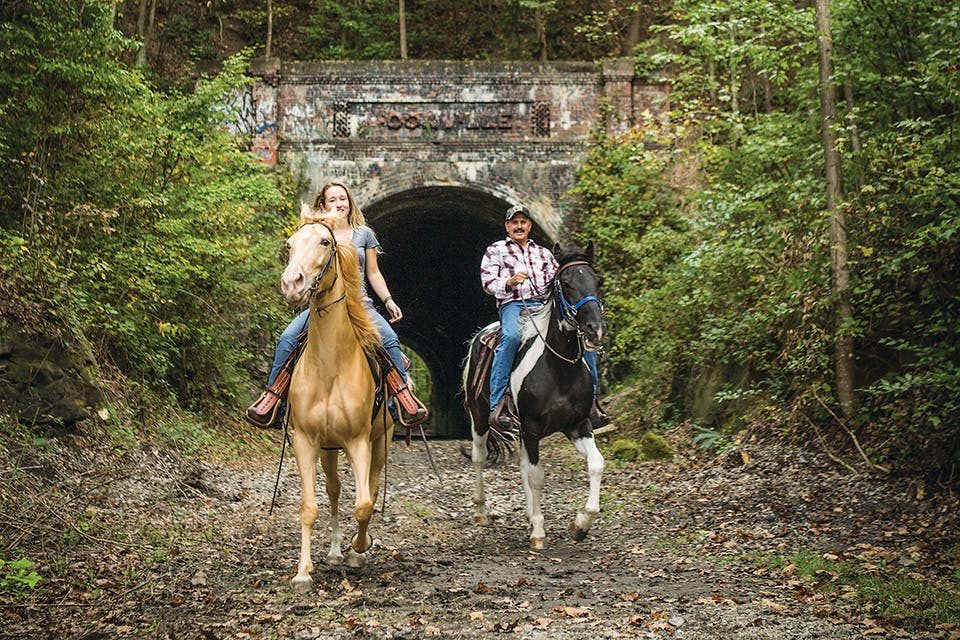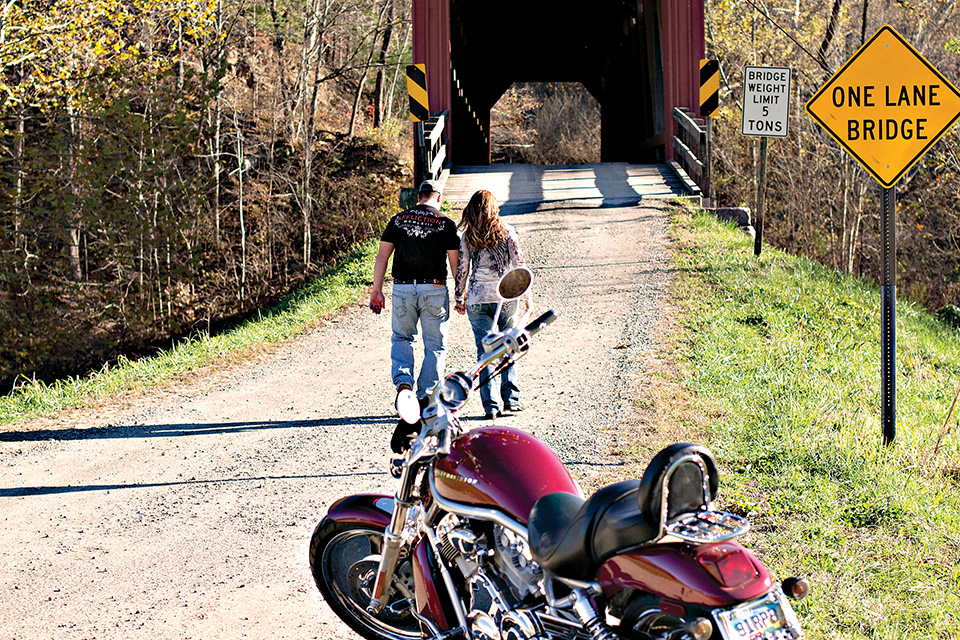Travel
Appalachia: Outdoor Adventures
This 32-county region offers the chance to explore beautiful natural areas and historic spots across southern and eastern Ohio.
Related Articles

7 Outdoor Adventures in West Virginia
The Mountain State is home to beautiful outdoor destinations, whether you’re looking to hit the trails, get some stargazing in or embrace adventures ranging from rail biking to bungee jumping. READ MORE >>

Visit the Ohio Graves of 5 U.S. Presidents
Seven presidents were born in Ohio, and another called the state home before being elected. Connect with that history by visiting the final resting places of the five who are buried here. READ MORE >>
.jpg?sfvrsn=c7bfb738_5&w=960&auto=compress%2cformat)
3 Ways to Celebrate Ohio Statehood Day in 2025
Happy birthday, Ohio! Celebrate 222 years of the Buckeye State this week in both our current and former capital. READ MORE >>




-edit.jpg?sfvrsn=796ca538_6)

